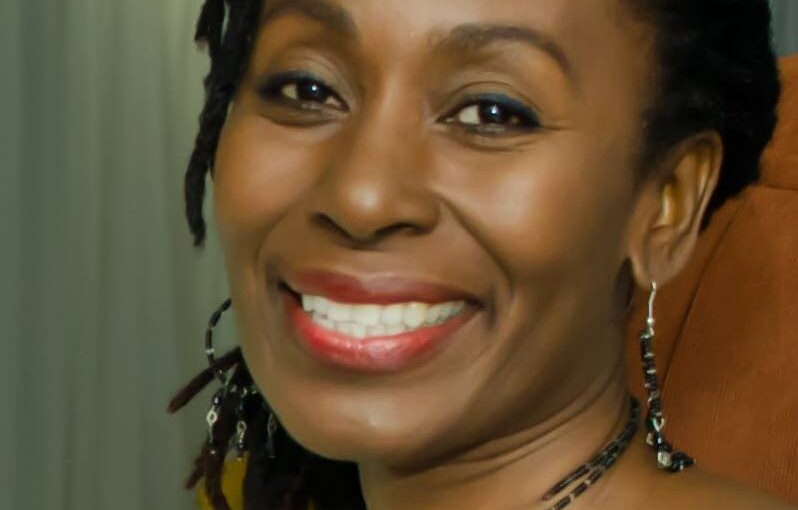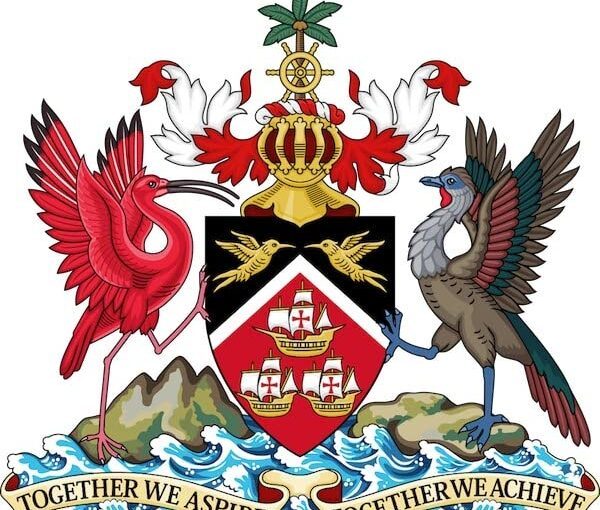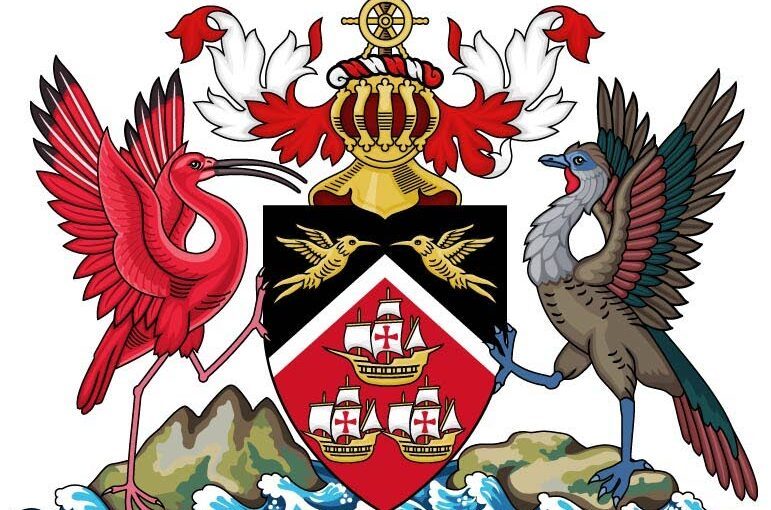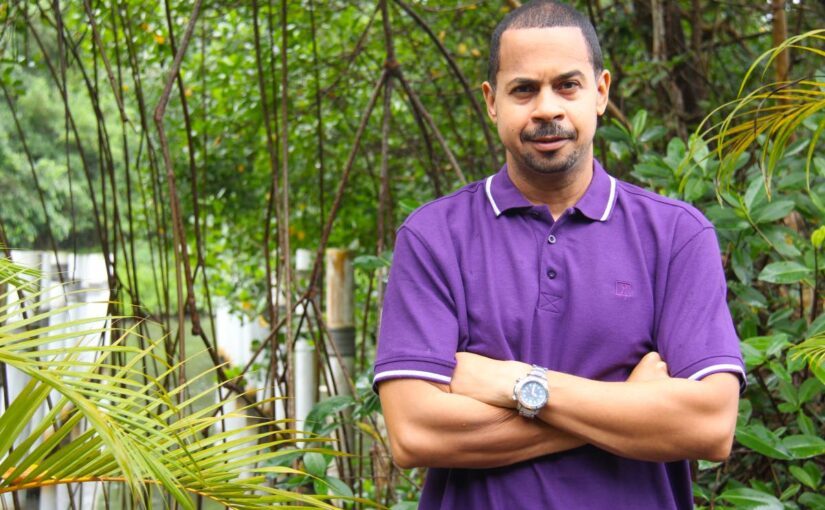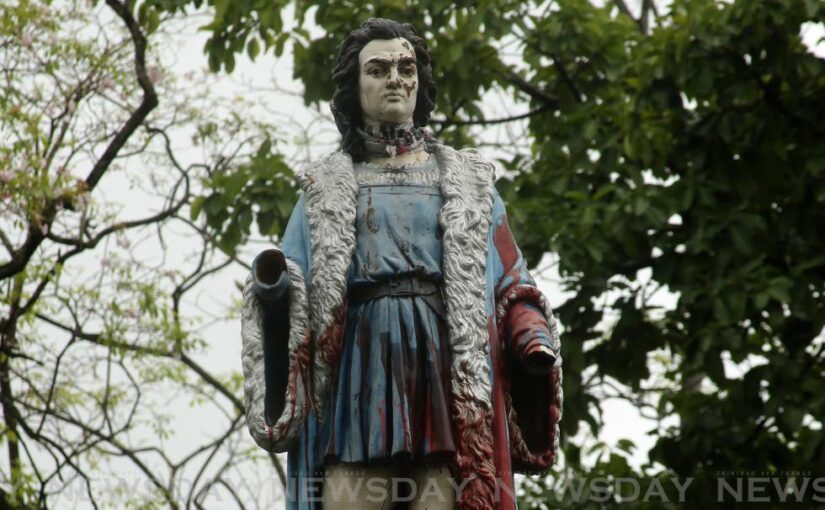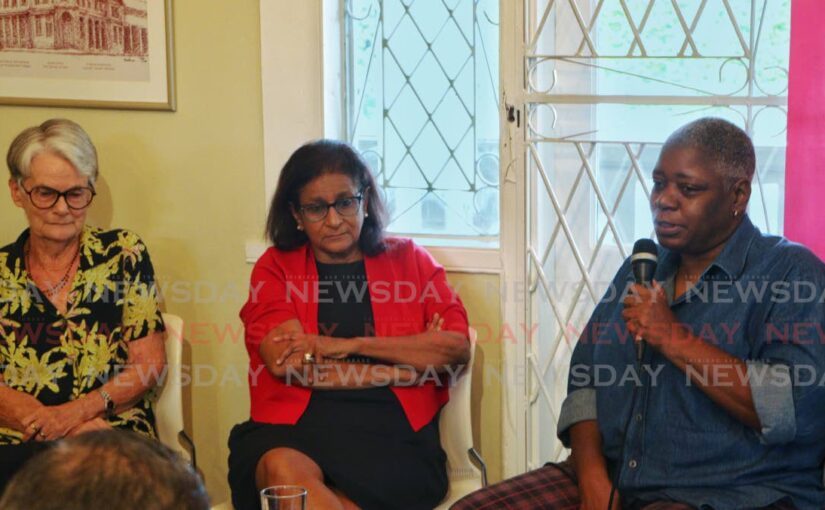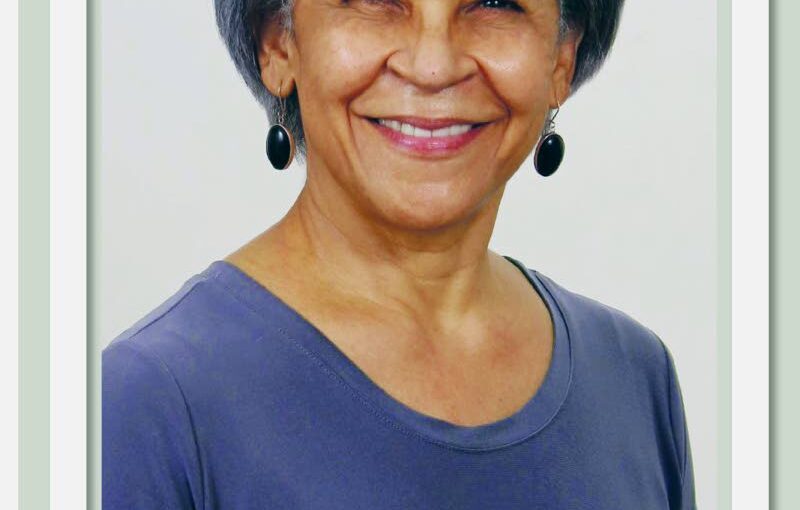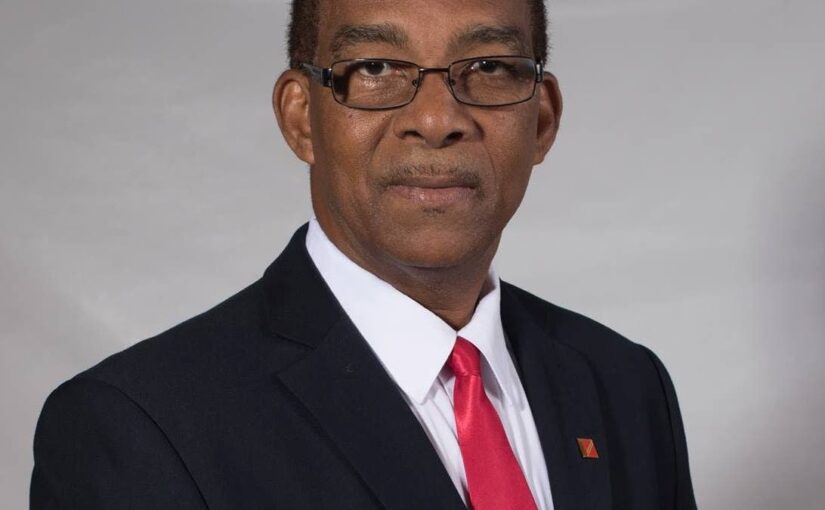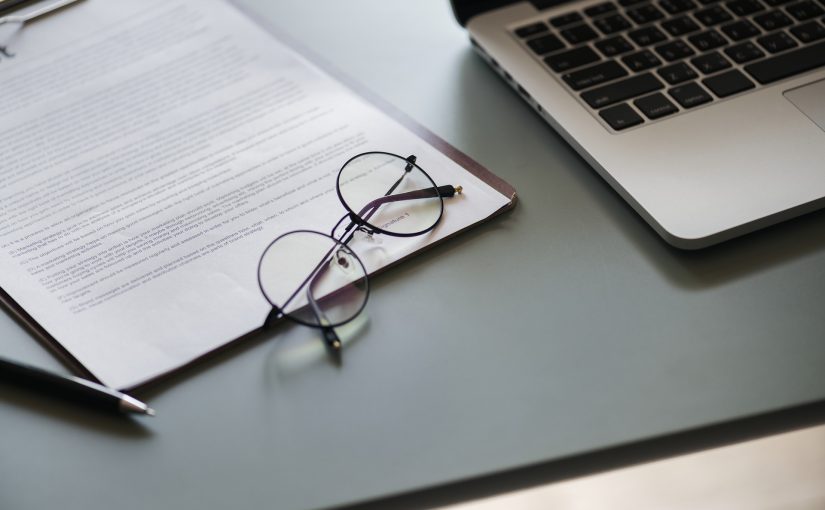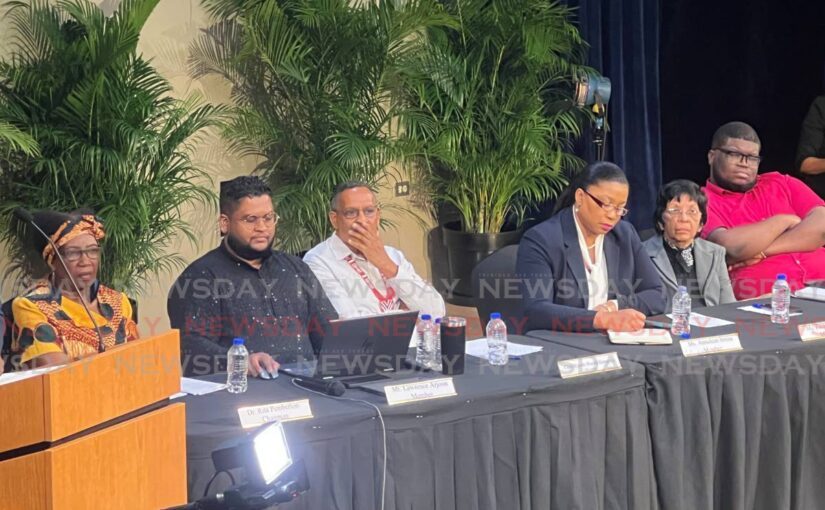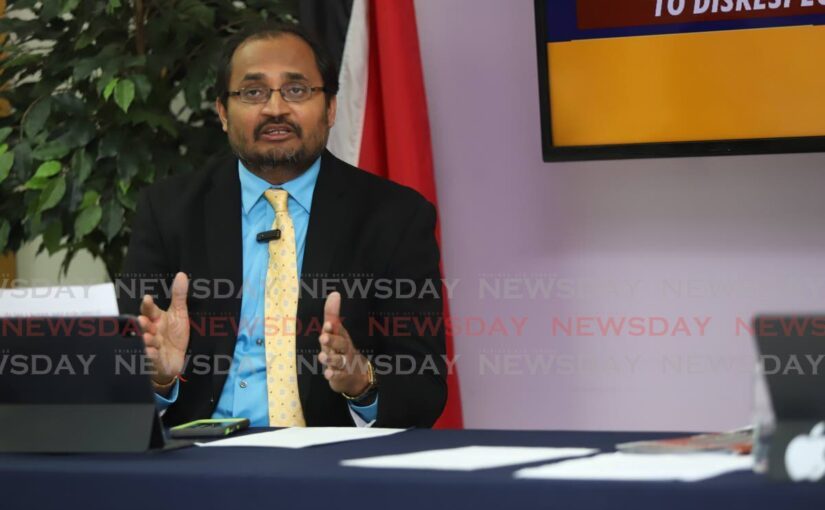THE EDITOR: The three ships on our coat of arms symbolise the arrival of Christopher Columbus in Trinidad in 1498. While acknowledging the...
Vous n'êtes pas connecté
- English
- Français
- عربي
- Español
- Deutsch
- Português
- русский язык
- Català
- Italiano
- Nederlands, Vlaams
- Norsk
- فارسی
- বাংলা
- اردو
- Azərbaycan dili
- Bahasa Indonesia
- Հայերեն
- Ελληνικά
- Bosanski jezik
- українська мова
- Íslenska
- Türkmen, Түркмен
- Türkçe
- Shqip
- Eesti keel
- magyar
- Қазақ тілі
- Kalaallisut ; kalaallit oqaasii
- Lietuvių kalba
- Latviešu valoda
- македонски јазик
- Монгол
- Bahasa Melayu ; بهاس ملايو
- ဗမာစာ
- Slovenščina
- тоҷикӣ ; toğikī ; تاجیکی
- ไทย
- O'zbek ; Ўзбек ; أۇزبېك
- Tiếng Việt
- ភាសាខ្មែរ
- རྫོང་ཁ
- Soomaaliga ; af Soomaali
Rubriques :
 Maroc - NEWSDAY.CO.TT - A la Une - 24/Aug 06:51
Maroc - NEWSDAY.CO.TT - A la Une - 24/Aug 06:51
What would our ancestors want?
Dara E Healy I WONDER how the Indigenous peoples in our nation, descendants of the Taino, Warao, Kalinago, Nepuyo and others, must feel about witnessing the debates about the removal of the ships of Christopher Columbus from our coat of arms? These vessels of death, disease and greed almost completely decimated their civilisation. I wonder if the bones of the Banwari shiver in the cold winds of tunnel vision that blow over their humble graves. I get it. In announcing a change to our coat of arms, we the citizens were not afforded the courtesy of discussion before implementation. Further, as the bloodied body of five-year-old Anika Guerra (most likely a member of my extended family) calls for justice, many are asking, how does this decision address rampant crime? How does it confront the inequities that linger from the very colonial past we are struggling to overcome? In our multi-ethnic space, the challenges of the past always seem to be staring us in the face. Some remind that the coat of arms is everywhere – on buildings, stationery and our currency. Changing it will require time and, undoubtedly, considerable expense. In reality, the very concept of a coat of arms has nothing to do with us at all. This form of identification first appeared in the Middle Ages in Europe “as a means of identifying warriors in battle and tournaments.” In fact, records indicate that the purpose was to highlight nobles and others of a particular elite. Identification later became associated with sports for the wealthy, exclusiveness and glamorous danger. Today, some countries choose to retain a coat of arms that speaks to the core story of their nation. In Dominica, the crest includes references to black volcanic soil, bananas, a crapaud and a canoe. Cuba’s features a royal palm tree, representing the fertility of the land, as well as a laurel branch and an oak branch symbolising peace and victory. The Haitian one recalls its history with symbols such as a palm tree, cannons and a hat of freedom. There is also a broken chain link and the motto L’Union Fait La Force: Strength through Unity. The aftermath of George Floyd’s murder saw renewed attention to the symbols, statues and buildings that celebrated people who were not aligned to modern understandings of freedom and equity. In Bristol, England, protesters defaced the plaque on a statue of Edward Colston, writing an "R" and a "J" in front of the word "erected" to make the inscription read "rejected" by the citizens of Bristol. In South Africa, students and staff of the University of Cape Town protested for the removal of a statue of Cecil Rhodes. At home, the statue of Columbus in Port of Spain was defaced with red paint to remind of his role in the bloodshed of thousands. He did not only open the door to enslavement and murder of Indigenous peoples here. In former Hispaniola, now Haiti and the Dominican Republic, it is said that in just two generations, Columbus and his people caused the reduction of the Indigenous Taino from about 250,000 to a few hundred. Sanctioned by the papal bull of 1493 and with the blessings of the king and queen of Spain, Ferdinand and Isabella, Columbus was given the "authority" to discover and claim new lands, convert inhabitants to Catholicism, extract precious minerals, and keep ten per cent of whatever he found for himself. As we discuss how our country should move forward, it is important to emphasise that the tragedies of the past are not so far removed from our lived experiences. The recent exercise on constitutional reform showed that citizens are clear about the gaps in our society and the steps that need to be taken to rectify these. Decolonisation is necessary to allow us to attain this higher vision of ourselves. Key to this process is an overhaul of how we educate our citizens. We the people must have a real stake in TT. This is what Hyarima wanted as he led Indigenous peoples into battle for freedom, it is what the Jahaji fought for when they defied colonial bullets, and it is why the enslaved never stopped their campaign of resistance and revolution. Let us go about it in a way that honours the warriors of our past. This is the only way to achieve true freedom in our collective future. It is what the ancestors would want. Dara E Healy is a performing artist and founder of the Indigenous Creative Arts Network – ICAN The post What would our ancestors want? appeared first on Trinidad and Tobago Newsday.
Articles similaires
The coat of arms pandemonium
RECENT debates have been taking place concerning the national coat of arms and the proposed removal of the three ships (the Santa Maria, Pinta and...
The emperor’s new coat of arms
MANY FOLKS keen on a revised national coat of arms argue it should be purged of all traces of colonial hegemony. Trying to extract our colonial roots...
Heat over monuments
THE debate over removing monuments to colonisers took a dark, aggressive turn during the session convened at Government Plaza, Port of Spain on...
Senator Maharaj: People losing hope for change
FORMER journalist and Independent Senator Sunity Maharaj says constitutional reform is the beginning of a means to begin to anchor a culture of...
The coat of arms debate
QUERULOUS chatter about the changing of the coat of arms rumbles on. Removing the famous three ships and replacing them with the steelpan divides...
A statue for Daaga
TERRENCE HONORÉ AS WE seek to remove some of the ruinous remnants of our colonial past, we must be careful not to lose track of the realities that...
The removal of disrespect
THE EDITOR: The current discussion on the removal of clearly objectionable colonial monuments is one of the most important events to occur in our...
Tensions flare at consultation as public calls for removal of colonial monuments
Though the majority of people attending a public consultation on Wednesday agreed colonial relics in public spaces should be removed, tensions flared...
Constitution report: We the (PNM) People?
DINESH RAMBALLY AMIDST THE manufactured controversy about the steelpan on the coat of arms, another issue of importance has been neglected: the...
Les derniers communiqués
-
Aucun élément
